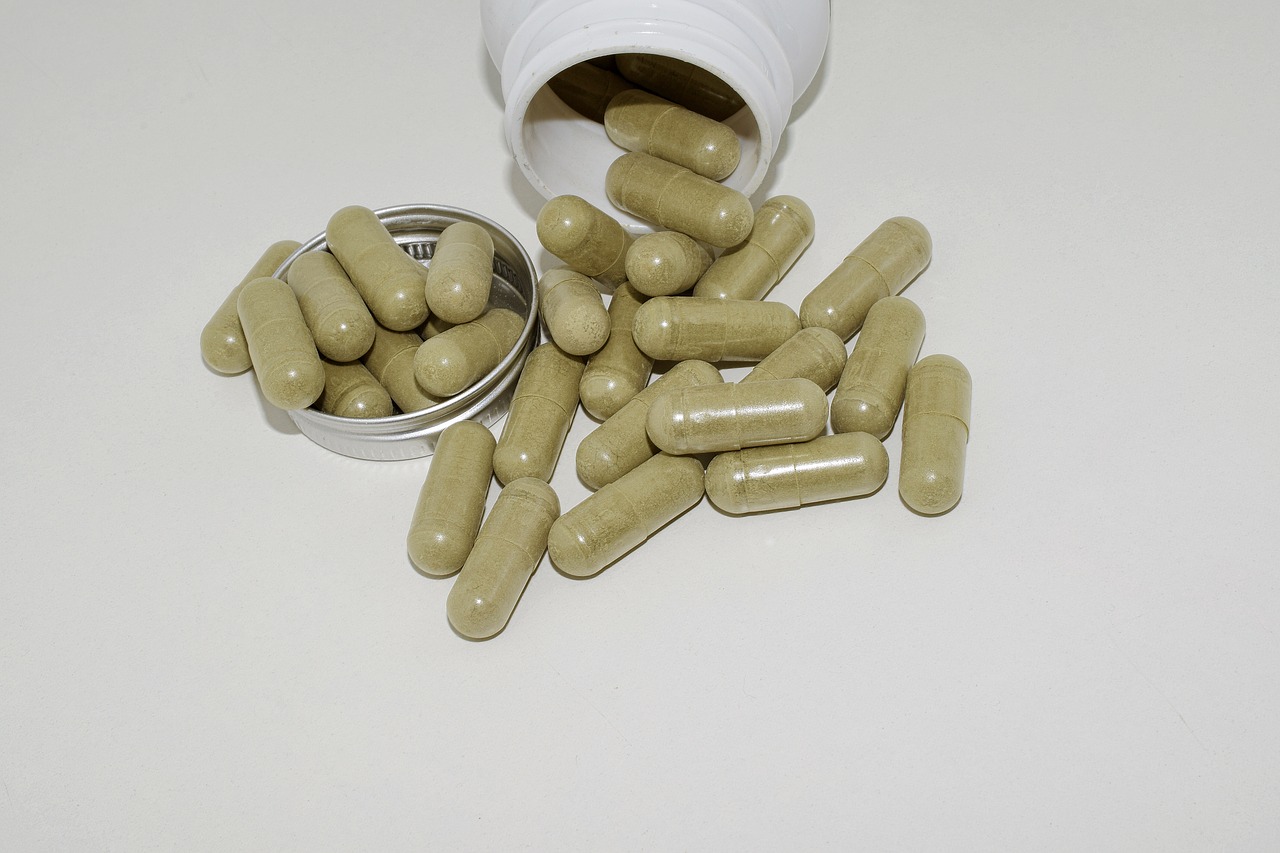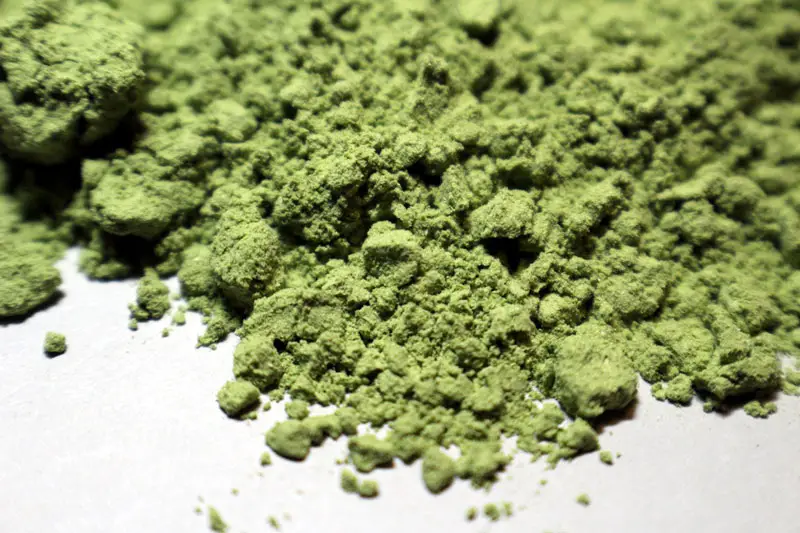 JEFFERSON CO., Pa. (ETY) – When it comes to a substance commonly known as kratom, the jury is still out on possible uses, misuses, and dangers.
JEFFERSON CO., Pa. (ETY) – When it comes to a substance commonly known as kratom, the jury is still out on possible uses, misuses, and dangers.
Kratom was a topic of discussion at a recent meeting of the Clarion Drug Free Coalition, where Jill Northey, of the Armstrong-Indiana-Clarion Drug & Alcohol Commission (AICDAC), noted the substance has been making inroads into our area.
According to Carol Jackson, Case Management Supervisor for the Clearfield-Jefferson Drug and Alcohol Commission, kratom use has also been noted in the Jefferson and Clearfield County areas.
While the controversial substance can currently be purchased legally, there is a storm of discussion surrounding it, with some individuals supporting it as a possible treatment for a range of issues, and others warning of possible dangers.
According to a study published in the Journal of Drug and Alcohol Dependence, an online survey conducted in 2016 found that kratom is used mostly by middle-income people of middle age for the purpose of treating pain and emotional or mental health conditions.
Kratom has been widely available in the U.S. for over a decade, but has recently come to the attention of the public following a report by the Centers for Disease Control and Prevention (CDC) noting a significant increase in Kratom-related calls to poison control centers between 2011 and 2017.
The CDC recently published information about possible kratom-related overdose deaths, noting that kratom had been found to be a cause of death in 91 overdose deaths examined by the agency over a year and a half period ending in December 2017. However, a closer look at the research shows that in almost every one of the 91 deaths, toxicology tests found that other substances, including fentanyl and other opioids, were also listed as a cause of death.
The Drug Enforcement Agency (DEA) previously stated intent to place the active compounds in kratom, mitragynine, and 7-hydroxymitragynine, in Schedule I of the controlled substances act in 2016, but have since withdrawn the intent pending further investigation.
The U.S. Food and Drug Administration (FDA) has also stepped into the fray, issuing a warning that kratom “appears to have properties that expose users to the risks of addiction, abuse, and dependence,” and noting “there are no FDA-approved uses for kratom.” The FDA also warned about concerns of impurities in kratom.
So what exactly is kratom?
According to the National Institute on Drug Abuse (NIDA), kratom comes from a tropical tree, Mitragyna speciosa, native to Southeast Asia, with leaves that contain compounds that can have psychotropic or mind-altering effects.

Most often marketed online, kratom is sold as an herbal powder, usually in a small capsule or baggie. It can also be sold as an extract or gum. It is sometimes referred to by other names, as well, including biak, ketum, kakuam, ithang, or thom.
The active compounds in kratom have not been extensively researched, but it is known they can have an opioid-like interaction with receptors in the brain.
However, according to STAT News, kratom has been used to treat pain and other conditions, including withdrawal from opioids, for quite some time, and some scientists are concerned that a ban on the substance would stifle future research on its possible medical uses.
“I have major concerns about just pulling the rug out from under tens of thousands of people who are using this to support their health, especially in the case of people who are using it to stay off of more dangerous opioids,” Andrew Kruegel, a Columbia University associate research scientist in chemistry, who has studied kratom, told STAT News.
The Drug Policy Alliance, an advocacy group based in Washington, has stood in opposition to a kratom ban since it was first considered by the DEA, and continues to advocate the use of kratom “to overcome addiction, chronic pain and other difficult-to-treat conditions,” while also lobbying against criminalization of the substance.
While kratom is not currently illegal, one of the other problems is that it is also not currently regulated in any way. It falls under the legal umbrella of the Dietary Supplement Health and Education Act of 1994, which prevents the FDA from regulating dietary supplements unless they have packaging that directly claims medicinal benefits.
With no regulation, those purchasing purported kratom have no assurances the substance they are purchasing is pure or even contains what it claims to contain.
STAT News notes regular users of kratom have come together in a private Facebook group called Kratom (New and Current Users) to solve this problem on their own. The group works together to monitor a number of kratom vendors who voluntarily send them reports from independent laboratories testing for contaminants as well as samples to vet themselves.
These watchdogs give their group of 13,000 followers the green light on vendors that pass their vetting process.
However, with the continued controversy surrounding kratom, whether or not it will remain legal, or move back up on the DEA’s hit list, is yet to be seen.
This article is Part Two of a two-part series. Part Two will examine the possible benefits of kratom.
Copyright © 2024 EYT Media Group, Inc. All rights reserved. Any copying, redistribution or retransmission of the contents of this service without the express written consent of EYT Media Group, Inc. is expressly prohibited.








